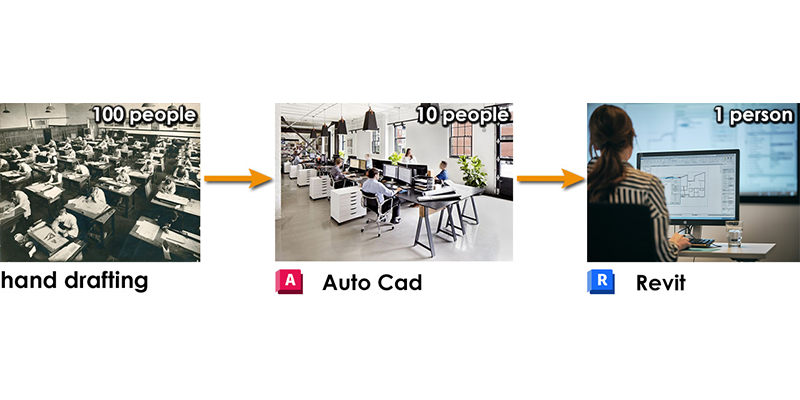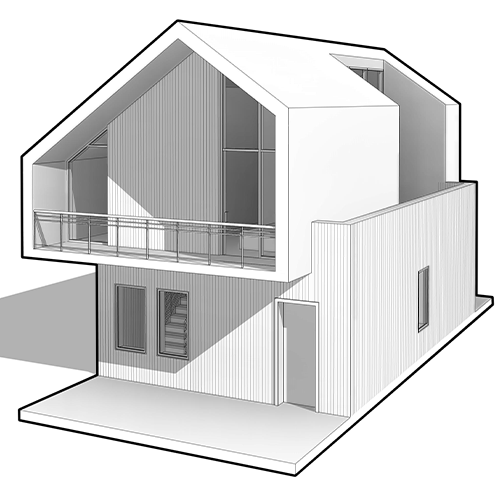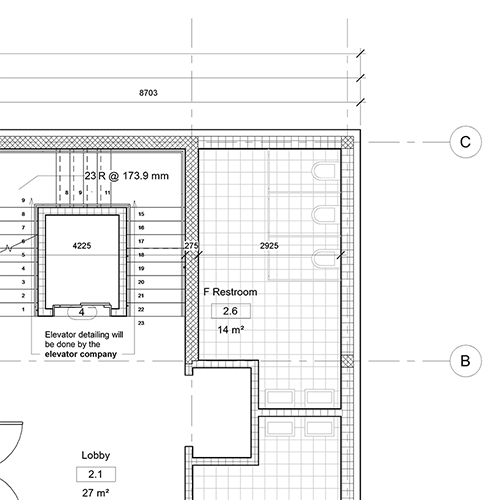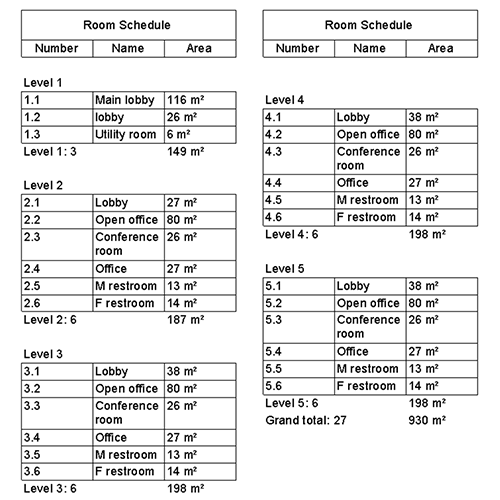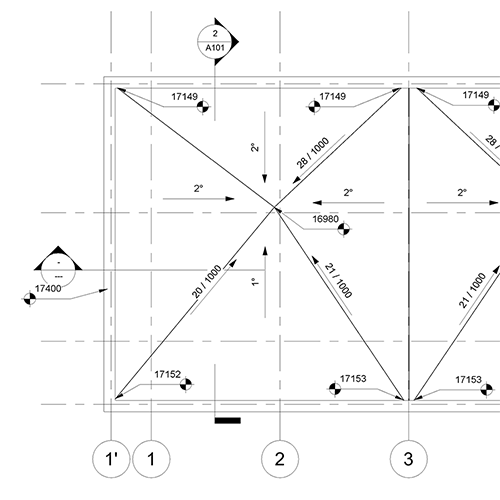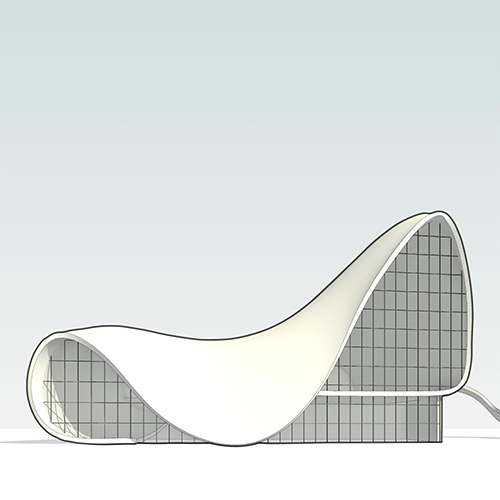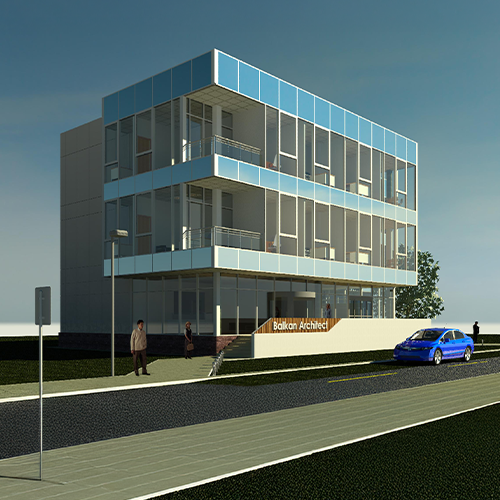If you think that was cool, we're just getting started!
After completing the projects you will already have the necessary knowledge to get started working on your own project. But in some cases you will encounter a situation that wasn't covered in the course, this is where the Knowledge base comes in.
Knowledge base offers 18 chapters dedicated to all specific topics and toolsets in Revit!
You can then use the knowledgebase to get answers to specific questions that arise as your working on your own projects in Revit!

